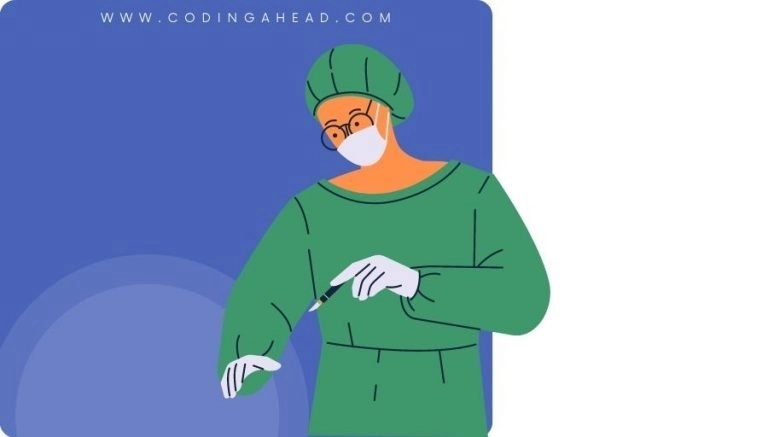How To Use CPT Code 42505
CPT 42505 describes the secondary or complicated repair of a salivary duct, known as sialodochoplasty. This article will cover the official description, procedure, qualifying circumstances, appropriate usage, documentation requirements, billing guidelines, historical information and billing examples.
1. What is CPT Code 42505?
CPT 42505 can be used to describe the surgical repair of an infected or damaged salivary duct, specifically in cases that are secondary or complicated. This code is used when the provider performs a repair that involves extensive salivary gland pathology and requires additional time or complexity.
2. Official Description
The official description of CPT code 42505 is: ‘Plastic repair of salivary duct, sialodochoplasty; secondary or complicated.’
3. Procedure
- When performing CPT 42505, the provider begins by appropriately prepping and anesthetizing the patient.
- A tube made of a material like polyethylene is then passed into the duct of the salivary gland in the mouth.
- The provider carefully passes the tube through the duct, taking into account any extensive salivary gland pathology that may complicate the repair.
- The tube is left in place, possibly secured with sutures, to aid in the healing process.
- After a period of three to four weeks, the provider removes the tube as healing takes place.
4. Qualifying circumstances
CPT 42505 is used for the secondary or complicated repair of an infected or traumatized salivary duct. This code is appropriate when the repair involves extensive salivary gland pathology and requires additional time or complexity. The operative report should clearly indicate the complexity involved in the repair.
5. When to use CPT code 42505
CPT code 42505 should be used when the repair procedure is secondary or complicated, involving extensive salivary gland pathology. It is important to consider the time and complexity of the procedure when determining whether to use this code. If the repair is a simple sialodochoplasty, CPT code 42500 should be used instead.
6. Documentation requirements
To support a claim for CPT 42505, the operative report should include the following documentation:
- Description of the patient’s diagnosis and the need for the repair
- Details of the repair procedure, including the use of a tube and any sutures
- Duration of time the tube is left in place
- Explanation of any additional complexity involved in the repair
7. Billing guidelines
When billing for CPT 42505, it is important to ensure that the repair procedure meets the criteria for a secondary or complicated repair. This code should not be reported with CPT codes 42500 or other codes that do not involve secondary or complicated repairs. The operative report should clearly indicate the complexity involved in the repair to support the use of CPT 42505.
8. Historical information
CPT 42505 was added to the Current Procedural Terminology system on January 1, 1990. There have been no updates to the code since its addition.
9. Examples
- A provider performs a secondary repair of an infected salivary duct that involves extensive salivary gland pathology.
- A patient undergoes a complicated repair of a damaged salivary duct due to trauma.
- A provider performs a sialodochoplasty on a patient with a complex salivary gland condition.
- A secondary repair is performed on a salivary duct that has been previously repaired but requires additional intervention.
- A patient undergoes a complicated repair of a salivary duct that has been infected for an extended period of time.
- A provider performs a secondary repair on a salivary duct that has been damaged due to a previous surgical procedure.
- A patient requires a complex repair of a salivary duct that has been affected by extensive salivary gland pathology.
- A provider performs a secondary repair on a salivary duct that has been damaged due to radiation therapy.
- A complicated repair is performed on a salivary duct that has been infected and requires extensive reconstruction.
- A patient undergoes a secondary repair of a salivary duct that has been damaged due to a chronic inflammatory condition.



